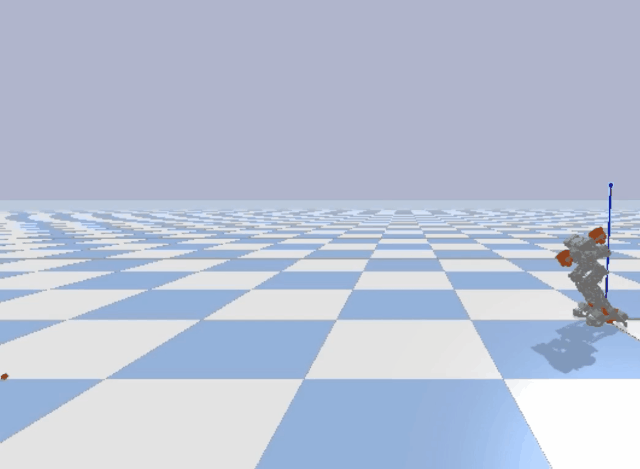Abstract
This thesis proposed a design of disaster-response flying humanoid robot. As an indispensable prerequisite for robots to carry out search and rescue missions efficiently, crossing obstacles ability is considered in the face of practical application scenarios (e.g., post-disaster environment rescue, investigation, and survey) where complex terrains are common. It is of considerable significance and practical value to research how to improve the obstacle surmounting capability of the robot. The author designed the mechanical system of bipedal humanoid robot with large obstacle-crossing capability based on ducted fan propulsion system to improve the quasi-static balance ability. Light-weight, high-precision, high-torque mechanical design, simulation, and analysis are the main difficulties. First, read the related literature of humanoid bipedal robot to understand the main design mechanism of the state-of-the-art aircraft, humanoid robot and flying humanoid robot. Secondly, purpose the fundamental design requirements and design indices and then select the hardware of the robotic system. Then, the design process of the robot is introduced, including the configuration of degrees of freedom and the specific design of each joint, and part of the assembly is completed. Finally, based on the PyBullet simulation where the robot’s motion performance was evaluated to verify whether the design meets the design requirements. The results of simulation and experiment showed that the mechanical performance of the robot reaches the preset target.
Related Projects

For more details, please refer to:
Jet-HR2: A Flying Bipedal Robot Based on Thrust Vector Control